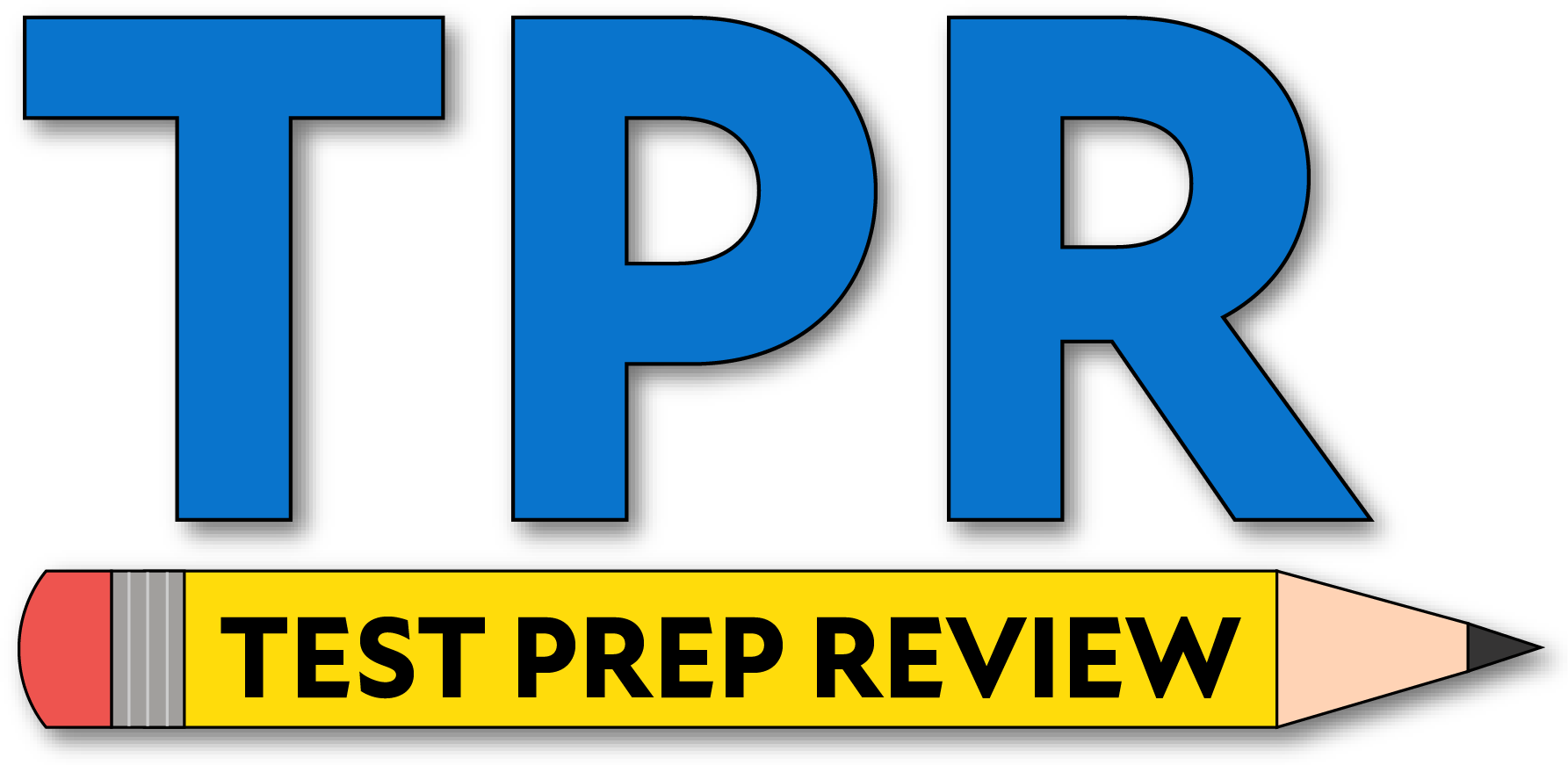ASPCAST ExamCHMM ExamCHST ExamCIH ExamCSCPCSP ExamCertified Energy Auditor (CEA)Certified Energy Manager (CEM) ExamHome Inspector Practice TestJourneyman Electrician ExamJourneyman Plumber ExamLEED CertificationLandscape Architect Registration ExaminationMASS - Power Plant Maintenance Selection SystemMaster Electrician ExamMaster Plumber ExamMechanical Aptitude Test ReviewNCIDQ Practice TestOHST ExamPOSS ExamSafety Trained Supervisor (STS)Six Sigma Green Belt
